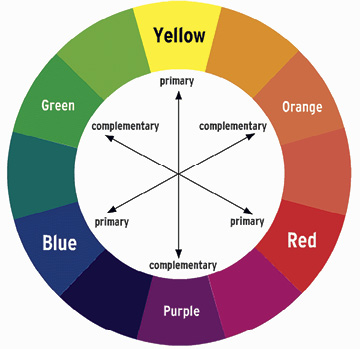

Identifies the element (or elements) that labels the current element. See MDN.ĭefines a string value that labels the current element. The logical end position for the element, depending on layout direction. The logical start position for the element, depending on layout direction. Consider using start instead for RTL support. The margin for both the top and bottom sides of the element. The margin for both the left and right sides of the element. The margin for the logical end side of an element, depending on layout direction. The margin for the logical start side of the element, depending on layout direction. The margin for the bottom side of the element. The margin for the top side of the element. The margin for all four sides of the element. When used in a grid layout, specifies the ending row to span within the grid.

When used in a grid layout, specifies the starting row to span within the grid. When used in a grid layout, specifies the ending column to span within the grid. When used in a grid layout, specifies the starting column to span within the grid. When used in a grid layout, specifies the row the element should be placed in within the grid.

When used in a grid layout, specifies the column the element should be placed in within the grid. When used in a grid layout, specifies the named grid area that the element should be placed in within the grid. The layout order for the element within a flex or grid container. Specifies how the element is justified inside a flex or grid container. Overrides the alignItems property of a flex or grid container. When used in a flex layout, specifies the initial main size of the element. When used in a flex layout, specifies how the element will shrink to fit the space available. When used in a flex layout, specifies how the element will grow to fit the space available. When used in a flex layout, specifies how the element will grow or shrink to fit the space available. Handler that is called when the user stops dragging. Handler that is called when the value changes, as the user drags. In the example below, the parseColor function is used to parse the initial color from a HSL string Note that only HSB(A) values are supported as valid values. It is initialized as hsl(0, 100%, 50%) by default, but an alternative initial uncontrolled value can be provided using the defaultValue prop.Īlternatively, a controlled value can be provided using the value prop. installĪ ColorWheel's value specifies the position of the ColorWheel's thumb on the track, and accepts a string or Color object. ColorWheels allow users to adjust the hue of an HSL or HSB color value on a circular track.


 0 kommentar(er)
0 kommentar(er)
